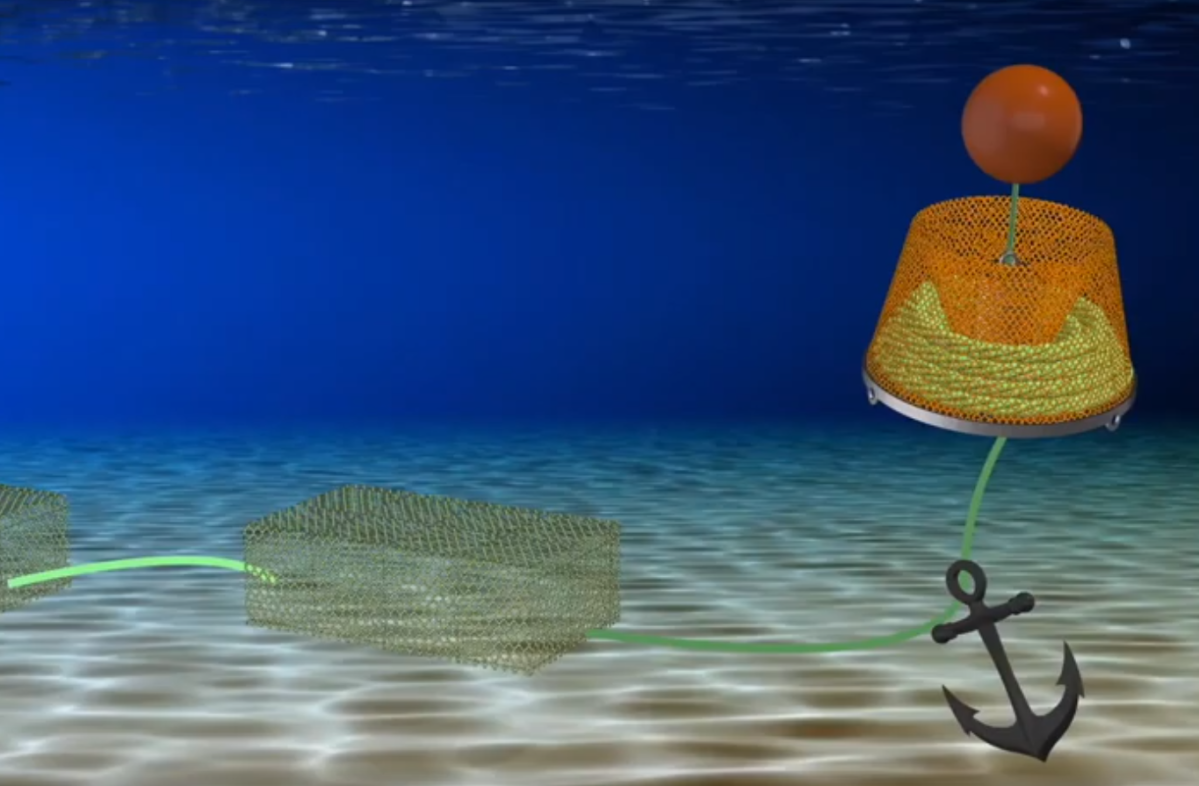A North Atlantic right whale has been found dead in the gulf of St. Lawrence this week. According to the Department of Fisheries and Oceans a satellite tag has been installed on the carcuss and crews are working to recover it and assess necropsy options.

This is the second whale found dead to be found dead in the gulf this month. According to DFO the whale that was found earlier in June did not die as a result of a vessel strike or entanglement in fishing gear, yet the exact cause was not determined.
READ MORE: Further testing needed to determine cause of whale death in Gulf of St. Lawrence
According to a study published Thursday in the journal Diseases of Aquatic Organisms, over the last 16 years, more than half the 70 North Atlantic right whale deaths recorded were the result of either entanglement in fishing gear or vessel collisions. The study also found that no adult or juvenile whale died of natural causes.
It’s a problem for the endangered species, with fewer than 450 whales remaining. In 2017 twelve North Atlantic right whales were found dead in the Gulf of St. Lawrence, prompting Ottawa to create measures to help protect the species.

Get daily National news
It was during this time that Aaron Stevenson was working on a concept for ropeless fishing gear as part of a master’s program at St. Mary’s University.
“It started as a project to improve the profitability and efficiency of commercial fisheries,” said Stevenson.
“We realized through that project that this could have a value much bigger than efficiency.”
READ MORE: Humpback whale entangled in Nova Scotia fishing gear washes up on Scottish beach
Stevenson then founded Ashored Innovations and started work to create a prototype. Nearly two years later, he says the device is nearly ready.
“We did a first pilot project last fall to test our initial prototype,” said Stevenson. They are now working to ensure the communication components of the device work correctly.
“We should have that in testing within the next couple weeks and hope to do broader pilot starting as early as August.”
While traditional fishing equipment drops a trap to the ocean floor and uses a rope to connect with the buoy floating on the surface, the ropeless fishing gear keeps the buoy underwater with the trap.
“When the fisherman come back to retrieve their catch they send a signal down from their vessel which activates the release, allowing the buoy to rise to the surface with the rope and then they can use their existing gear to haul that gear to their vessel,” explained Stevenson.
He says that as society shifts to protect the environment the need for such technology grows.
“We’re seeing movement in this direction in Canada, and the US and also in Europe as well.”
But he says his device is only part of the solution.
“It’s much broader and has far more challenges involved than simply preventing entanglements of one species,” he said.









Comments